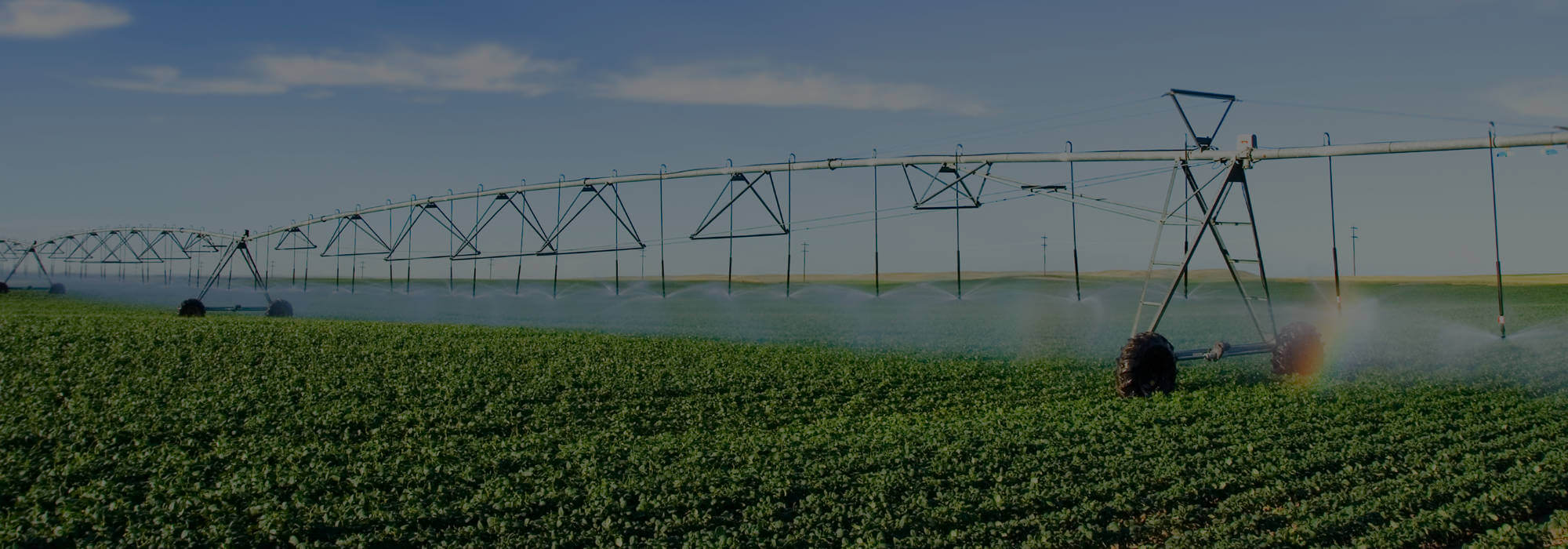30 Jun Odessa Ground Water Replacement Project: An overview
The Columbia Basin Project (CBP) is the water source for thousands of farmers. While waiting for continued development of the CBP, decades ago, the Department of Ecology issued farmers permits to use ground water to irrigate more than 100,000 acres. The Odessa aquifer plummeted and now threatens the supply for rural communities including Lind, Odessa, Connell, Othello, Warden, and Moses Lake.
In 2001 Washington Gov. Gary Locke launched the Columbia River Initiative to look for more water that would address needs of Eastern Washington. A study by the National Academy of Science found that additional water wasn’t available for diversion from the Columbia River during some parts of July and August. After 15 months of negotiations with the Bureau of Reclamation and Columbia Basin Project irrigation districts, a signed Memorandum of Understanding outlined water availability for municipal and industrial permits, in-stream flows, and drought relief.
Its rapid decline made the Odessa aquifer critical, so the three agencies agreed to create a program that addressed the economic and environmental catastrophe the depleting aquifer would unleash.
The project limited itself to an acre-for-acre replacement of ground water supplies from the Odessa aquifer with water from the Columbia Basin Project, with no new irrigated land.
The program, OGWRP, has two large construction elements: 1) expansion and improvement of the East Low Canal to add delivery capacity, and, 2) construction of pump stations and pipelines on several lateral systems to deliver CBP water to farms now reliant on the aquifer. The East Low Canal widening is almost complete, with Washington state investing $105 million including all studies and consultation. What remains is the construction of gravity-based and pumpbased delivery systems to replace 70,000 acres with CBP irrigation water to farms. Conservation programs already cover more than 10,000 acres.
About $255,500,000 would continue implementation of the Odessa Ground Water Replacement Program and change the irrigation source from failing wells on a depleting aquifer to ample CBP supplies. It would also allow production of high-value crops to continue on 97,000 acres; and would conserve remaining ground water for domestic, municipal and industrial uses in rural communities.
The U.S. economy is at a standstill and sliding quickly into recession, or worse. Congress and the Trump Administration have pumped trillions of dollars into the economy to help until the COVID-19 pandemic has passed.
Infrastructure investment programs, as part of a stimulus package, are designed to immediately affect the economy by putting as many people to work in as short a period as possible. The most recent example was during the 2008 Great Recession. Congress enacted the American Recovery and Reconstruction Act of 2009. ARRA was a $787 billion economic stimulus package funding investments in infrastructure, energy healthcare, education and science, and other sectors. ARRA looked for projects that were “shovel ready”: those fully permitted and with federal approval including complying with the National Environmental Policy Act.
Reclamation defines “shovel ready” as projects completing NEPA compliance, design, rights-of-way access and other factors in state and federal law. This included a detailed planning report based on the Principles, Requirements and Guidelines for Water and Land Related Resources Implementation Studies (PR&G) along with an environmental impact statement as well as an Endangered Species Act Sec. 7 consultation with U.S. Fish and Wildlife Service and NOAA Fisheries.
When ARRA was enacted, the Odessa Ground Water Replacement Program had begun but had not gone far enough to take advantage of for the stimulus package.
In April 2013, the OGWRP completed the work necessary to qualify as “shovel ready.” As such, the program offers a phenomenal opportunity for infrastructure investment in an authorized project, to address a nationally-recognized economic, environmental and social crisis, while stimulating the state and federal economies by rescuing a vibrant rural economy now dependent on a declining aquifer. It should be included in any infrastructure stimulus program.
LATERAL: ACRES REPLACED: 2019 ESTIMATED COST:
EL 11.8 3,000 $12,973,750
EL 22.1 19,000 $70,203,188
EL 40.2 11,000 $41,627,495
EL 54.0 8,000 $28,104,321
EL 73.3 18,000 $62,384,214
EL 79.2 10,000 $31,384,844
EL 86.4 5,000 $9,024,332
TOTAL: 74,000 (approx.) $255,500,000 (approx.)
